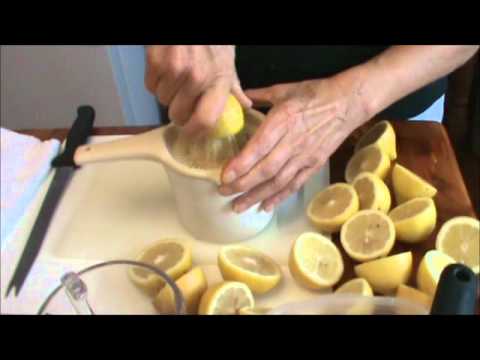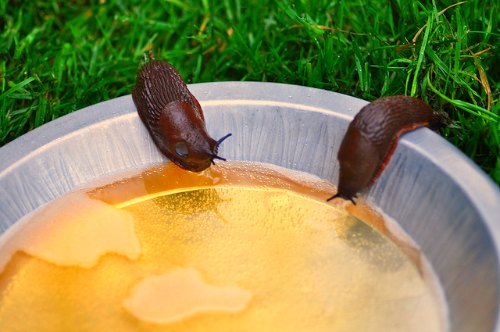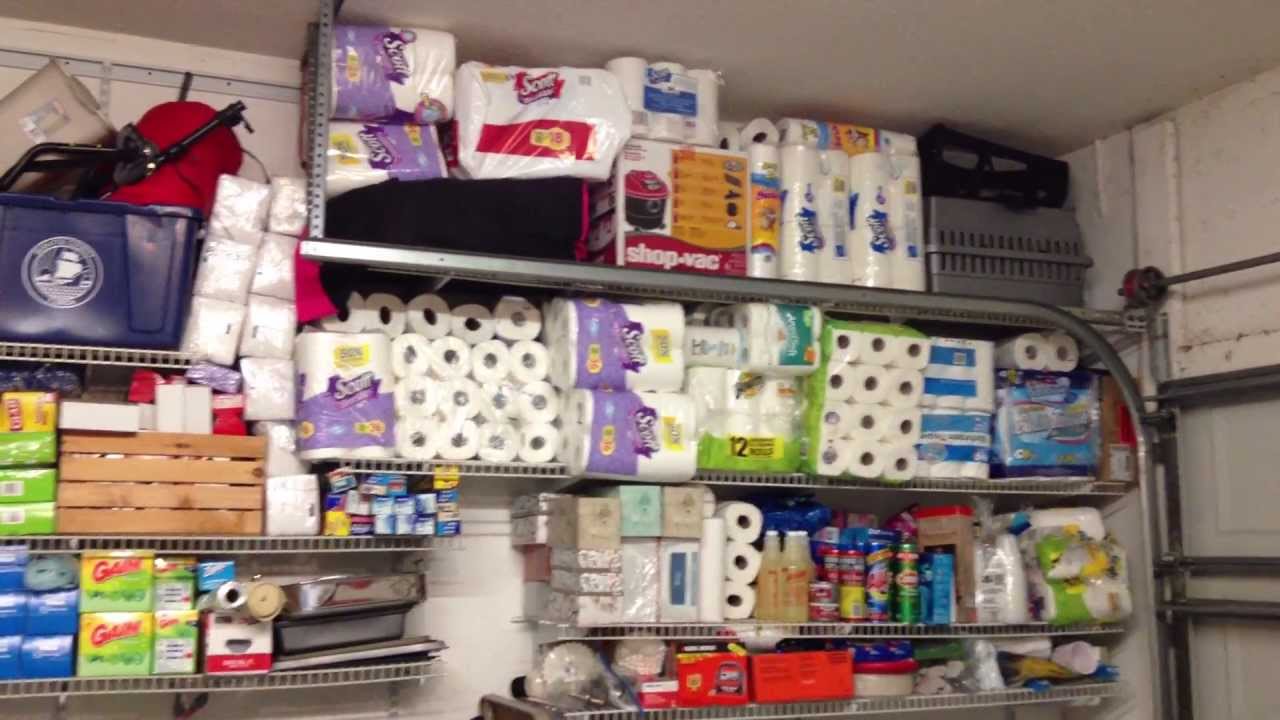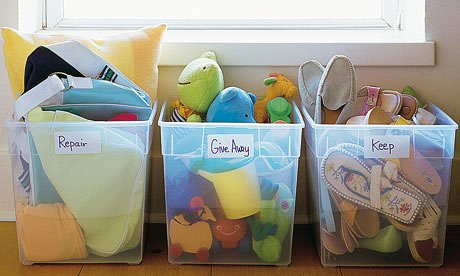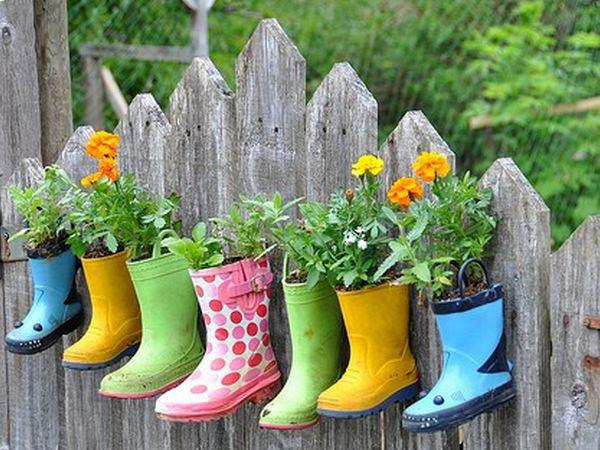How to Freeze Lemons (Video)
I saw this on Pinterest recently and I didn’t understand why it was such a big deal. Freeze lemons, OK, so what? Well, it turns out that lemons contain unique compounds called “lemonoids” which do serious battle against cancerous tumor, particularly from breast cancer. Lemon peels are packed with vitamins, way more than the actual … Read more

